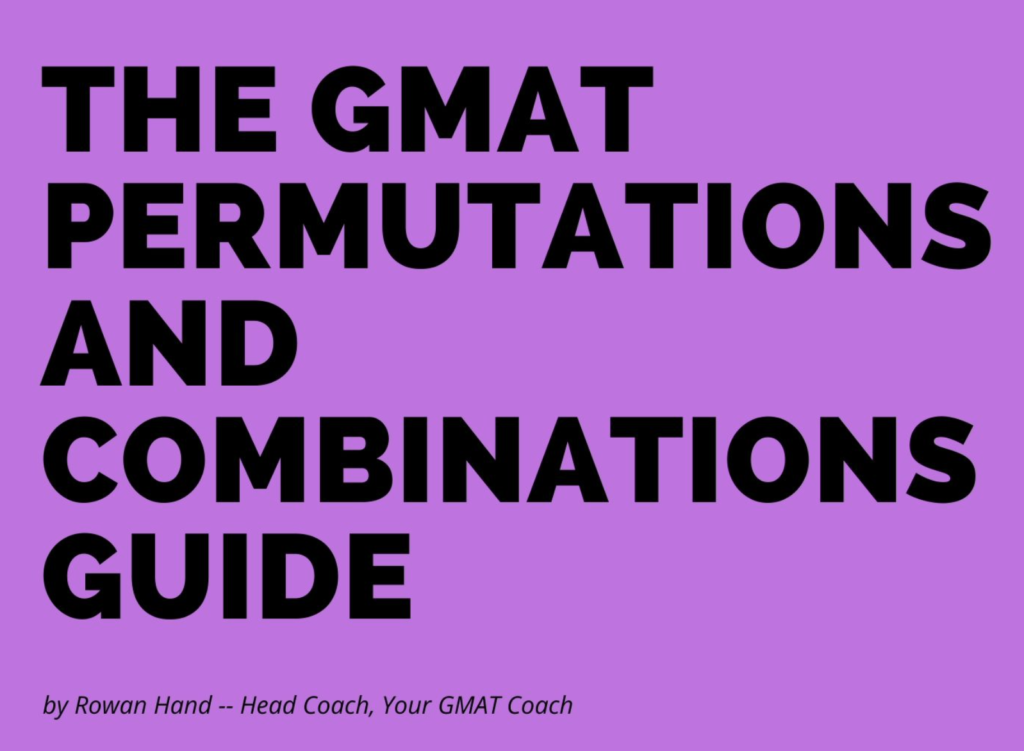If y is the average (arithmetic mean) of 15 consecutive positive integers, which of the following must be true?
I. y is an integer.
II. y > 7
III. y < 100
A. I only
B. II only
C. III only
D. I and II
E. II and III
To solve this, we need to think about a few specifics. The first thing is that this is a MUST question, which means that in order to disprove one of the statements, we simply need to find ONE counterexample.
(Note that this is opposed to a COULD question, where multiple solutions are possible and you have to select which one of those is among the answer choices–these are actually harder than MUST questions!)
I’m just going to write if y is the average (arithmetic mean) of 15 for SEO purposes. Don’t mind me!
Statement I:
First, what does the average (arithmetic mean) actually mean in a such a situation?
Average is, of course, the sum of numbers divided by the number of numbers. Now depending on the set, we could get a fraction/decimal or integer value for the average.
However, given that we are talking about the average of a set of consecutive numbers, we know that the numbers will be evenly spaced. That is, each number is one more than the previous.
The key point to recognize here is that if the numbers in the set are evenly spaced, then the average will equal the median. Therefore, if we know the median, we know the average, and vice-versa–they are the same number!
Let’s take a look at the minimum possible case: that would be where the numbers are 1 to 15.
(Note that they could be more than this, but we are simply cognizant of the low boundary here; given the terms of the question, there will be no upper boundary.)
Now the median of the number 1 to 15 is simply the middlemost number: 8. Therefore, we know that if the average is 8, then the median is 8.
All this tells us that Statement I MUST BE TRUE.
And
Statement II:
This simply say that y is greater than 7.
(And please ignore this, but I have to write if y is the average (arithmetic mean) of 15 again. Stupid Google!)
Given that the work above has shown that y = 8 for the minimum case, then we can definitively see that y is greater than 7.
Statement II is MUST BE TRUE.
Statement III:
As noted in the parenthetical above, the question provides us no sort of upper boundary. We know that the minimum number from which to start counting is 1 (as in the set from 1 to 15), but we do not have any qualifiers that restrict the upper boundary.
Effectively speaking, we could start with any integer, regardless of whether that’s 100 or more. With that in mind, let’s take the minimum violating case and just set y = 101.
That means that we have the lowest number as 94 and the highest number as 108.
Given that it is possible to have a number where y > 100, Statement III is NOT NECESSARILY TRUE.
And in conclusion I’m just going to write if y is the average (arithmetic mean) of 15 again for good measure.

This image has nothing to do with anything.






